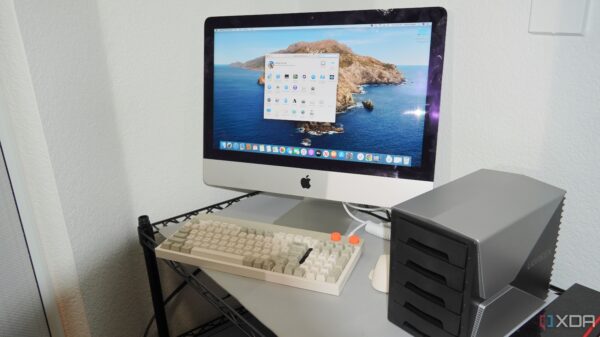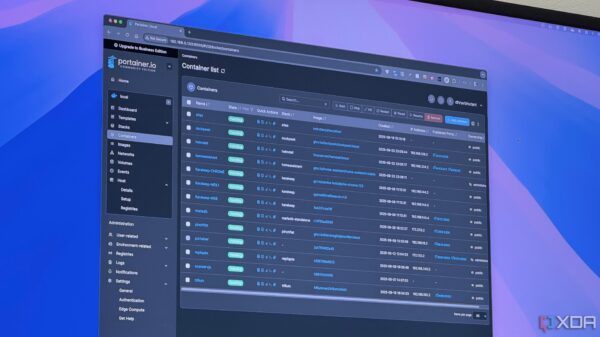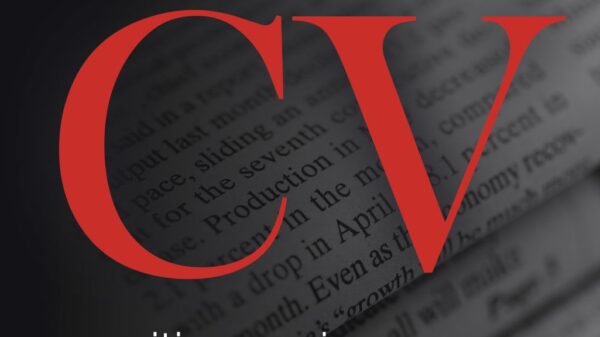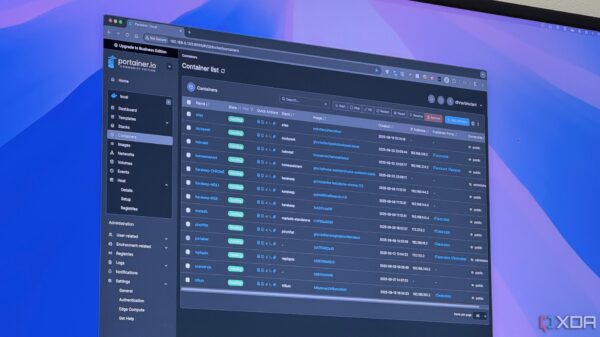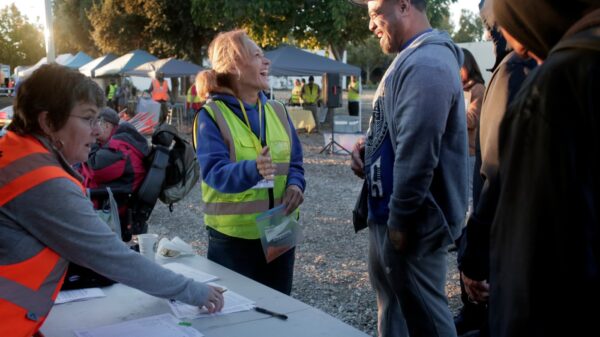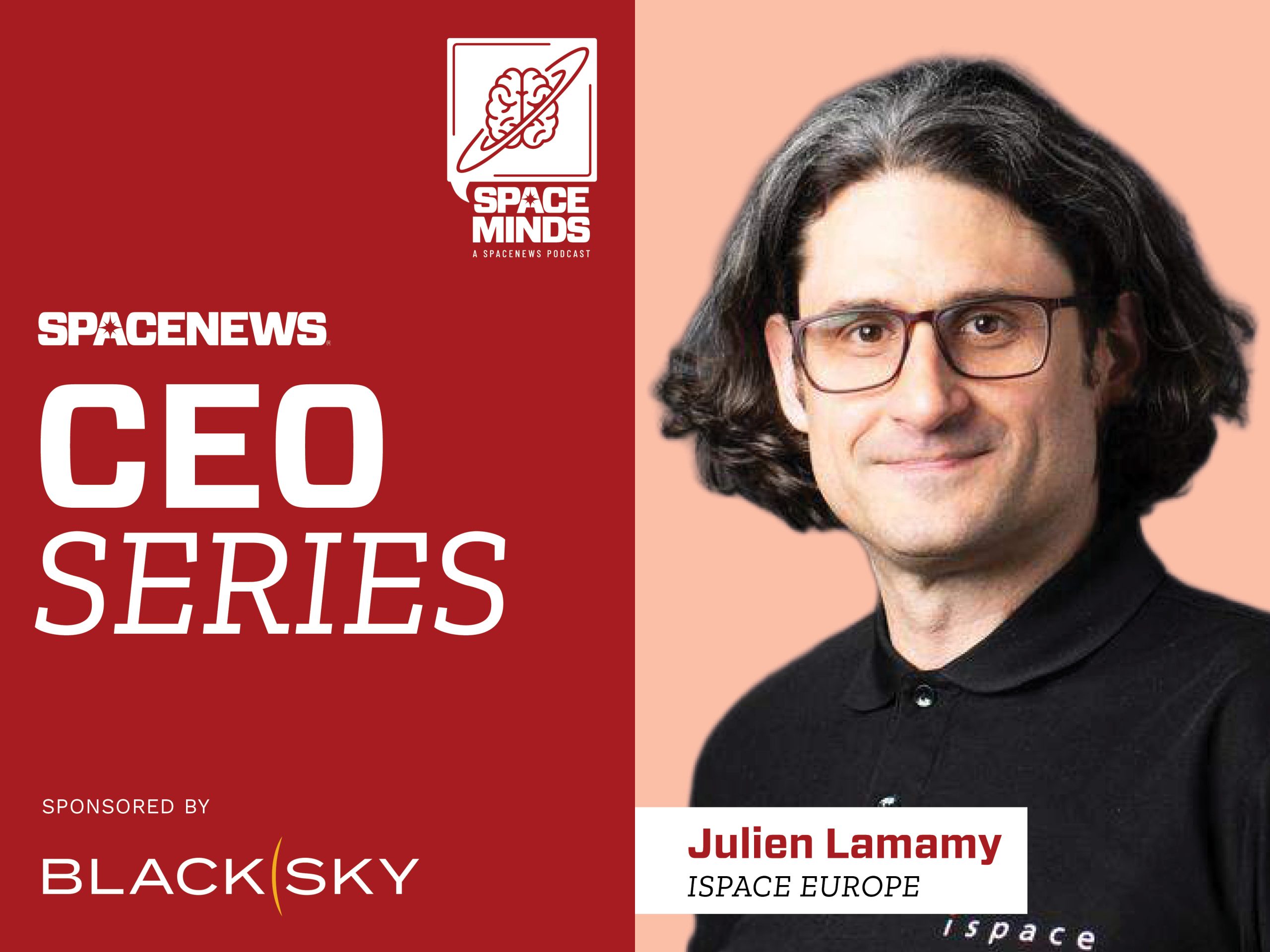In a significant move for lunar exploration, ispace Europe is pushing boundaries with innovative missions aimed at enhancing cost-effective and efficient lunar research. During the recent World Space Business Week in Paris, Julien Lamamy, Managing Director of ispace Europe, outlined the company’s ambitious goals, including the development of its first rover and the pioneering MAGPIE mission, which aims to study hydrogen on the Moon.
Innovative Approaches to Lunar Mobility
Founded in 2015, ispace Europe has quickly established itself as a key player in the burgeoning lunar economy. Lamamy emphasized the importance of rapid development cycles and efficient resource use in their operations. “We do a lot of cutting corners compared to what maybe NASA or the European Space Agency (ESA) would do,” he stated, highlighting ispace’s focus on speed and cost efficiency.
The company’s first rover, which underwent extensive testing and validation during the past year, is set to play a crucial role in surface mobility. Lamamy explained, “The rover is designed not just to deploy payloads but also to explore potential communication networks and gather significant data.” This achievement marks a pivotal moment for ispace Europe, as it lays the groundwork for future exploratory missions.
Introducing MAGPIE: A Step Towards Lunar Resource Discovery
The MAGPIE mission represents a groundbreaking initiative to investigate lunar hydrogen. This mission aims to determine the composition of hydrogen detected through remote sensing, addressing critical questions about its forms—whether H2O, OH, or other compounds. Lamamy detailed the compact design of MAGPIE, stating, “It’s about a 30-kilogram rover equipped with a radar and neutron spectrometer, making it a unique endeavor for lunar exploration.”
As ispace Europe prepares for the next phases of MAGPIE, Lamamy noted that two significant reviews have been successfully completed, and they are gearing up for a critical ministerial council meeting in November 2024. The outcome of this meeting will play a decisive role in shaping the mission’s future and securing funding for its launch in the late 2020s.
“Our objective with MAGPIE is to offer a complete mission service to ESA,” Lamamy explained, indicating a shift in how European space missions are conceptualized and executed. This collaborative approach is expected to foster stronger ties between different national agencies and private companies, enhancing the overall ecosystem of lunar exploration.
Lamamy also addressed the evolving concept of the lunar economy, which has gained momentum in recent years. “We have seen an increase in engagement from both agencies and private companies,” he noted, citing partnerships with established firms that have newly entered the space industry. This trend signals a robust future for lunar resource extraction, including potential industries focused on transport, power, and even helium-3 exploitation.
Luxembourg: A Rising Space Hub
Located in the heart of Europe, Luxembourg has emerged as a significant player in the space sector. Lamamy praised the country’s proactive initiatives, which have attracted over seventy companies focused on space resources. “Luxembourg has a strong track record, and the government’s 2016 Space Resources initiative marked a turning point in how space resources are perceived,” he elaborated.
Looking ahead, Lamamy expressed optimism about the future of ispace Europe and its role in the larger context of lunar exploration. He aims to influence Europe’s lunar strategy significantly, demonstrating that smaller companies can contribute meaningfully to lunar access and resource development.
As ispace Europe continues to innovate and expand its capabilities, the upcoming year is poised to bring further advancements in lunar exploration, marking a new chapter in the quest to understand and utilize the resources available on the Moon.


